Pet Care, Guides
Top 5 Tips for Teaching Your Dog Party Tricks
Have you always wanted a dog who can do cool party tricks? A dog that can sit on command, wait for their food, and perhaps even give you a high five? Does this all sound good, but you don’t know where to start? Or do you think its downright impossible? With some time and effort coupled with some help from The Reject Shop, you and your furbaby can achieve anything you set your mind to - you are only limited by your imagination! Who said you can’t teach an old dog new tricks?
![featured image for [object Object]](/_next/image?url=https%3A%2F%2Fimages.prismic.io%2Ftrs-storefront%2Fb61a4927-0172-465d-9fe9-43f7f40de6c7_blog-Top%2B5%2BTips%2Bfor%2BTeaching%2BYour%2BDog%2BParty%2BTricks.png%3Fauto%3Dcompress%2Cformat%26fit%3Dcrop%26h%3D1280%26w%3D960&w=3840&q=75)
Jane Wong
Last updated
31 Jul 2023
1. Find your dog’s “currency”
You know your dog best, so you should know what really motivates them. Would they ever say ‘no’ to a treat? Do they love a good game of ball? Or perhaps just crave a good old tummy rub from their favourite hooman? The form of currency that works perfectly for the majority of dogs is without a doubt, treats! There are so, so, so many treats to choose from in the market, which can be quite intimidating - but it doesn’t have to be.
The secret to choosing the perfect treat for training is to make sure that it’s a good size for your dog; you want your dog to be motivated to earn more and more treats during training, which can be hard when they’re full from eating large sized treats. You also want your dog to be able to consume the treat quickly, so that they can get right back to training after the treat without getting distracted. Another factor to take into account is differing levels of “currency” - similar to how we place a higher value on $10 notes than $5 notes, the same goes for dogs. Dogs will probably 'work' for even their normal kibble when they’re at home, but if you choose to do your training outside, such as at your local dog park, you’ll have to bring treats that are more valued by your pooch. After all, you’ll be competing with all the interesting sights and smells (not to mention other dogs) that are found outside!
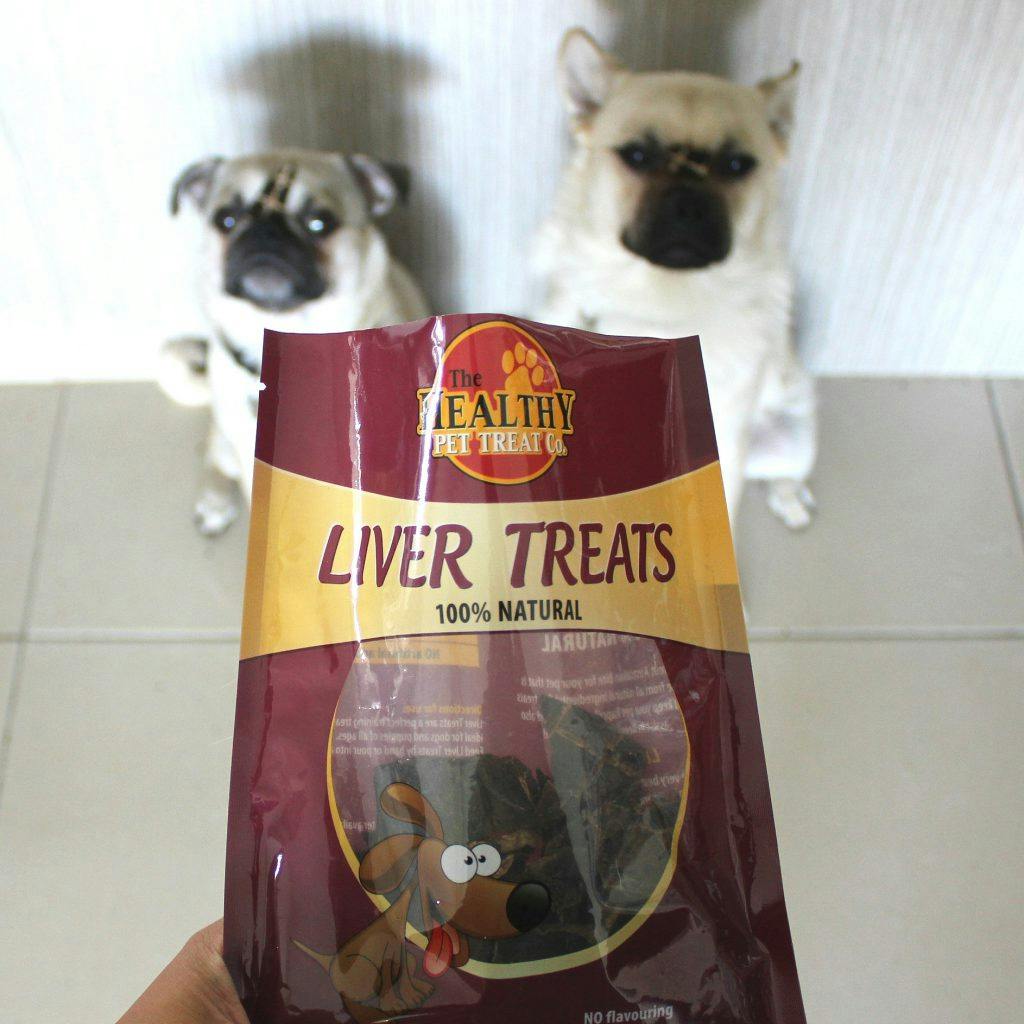
2. Start small
Now that you’ve found your dog’s currency, the training can commence - but take baby steps. Would you teach a toddler to run before it can walk? No? I thought not. Why should it be different for dogs? For example:
- – If you’re teaching them how to "high-five", reward them every time they even move their paw after you give the command - they’ll soon start to realise this new command has to do with moving their paw. Keep rewarding them each time they move their paw up that little bit higher, until they’ll be giving high-fives left right and centre!
- – If you’re teaching them how to “wait" for their food, start with 3 seconds, then 5 seconds, and gradually build your way up. Once they’ve mastered waiting for their food until you give them the command to eat, you can even try leaving the room but ensure that your dog can still see you. If your dog can do this, then try leaving the room altogether, and see if they do as they’re supposed to when you’re out of sight and possibly out of mind!
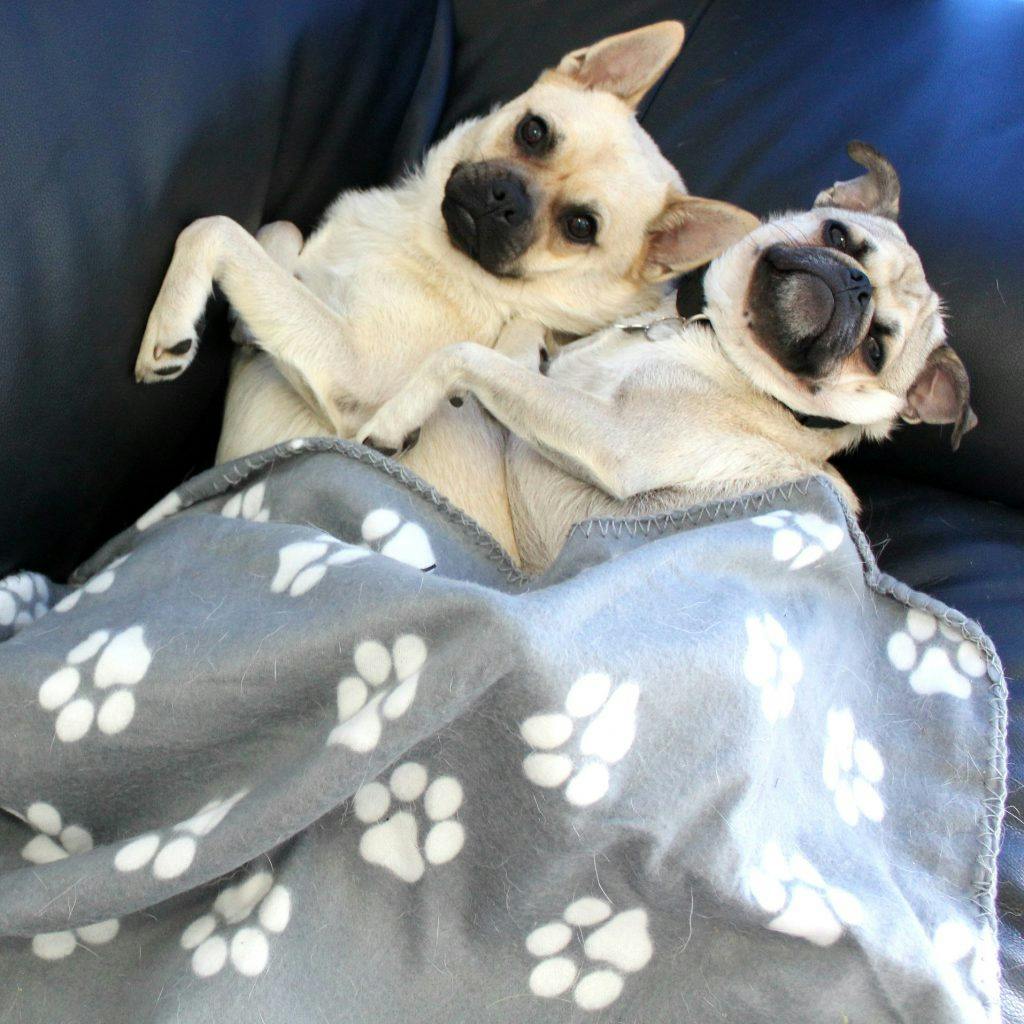
3. Let them do things for themselves
Think back to when you first started learning how to drive on your L’s - how terrifying was it, for both you and your driving instructor? Despite your driving instructor being at least a little worried about how a novice driver might fare, they still (bravely) let you take control of the steering wheel and hit the road. Although they probably weren’t feeling 100% safe and confident in your driving abilities, they let you do it anyway - because that’s the only way you can learn how to drive! In a similar fashion, dogs won’t be able to learn the tricks that you are trying to teach them if you do the tricks for them... For example:
- – If you’re trying to teach them how to “sit” or “drop”, don’t push their bum and/or body down - not only will they hate it, they will also associate the command with letting you push them down rather than them doing it themselves!
- – Similarly, if you’re trying to teach your dog to “high-five”, don’t lift their paws up for them after giving the command, they will be learning that the command means letting you lift their paw up.
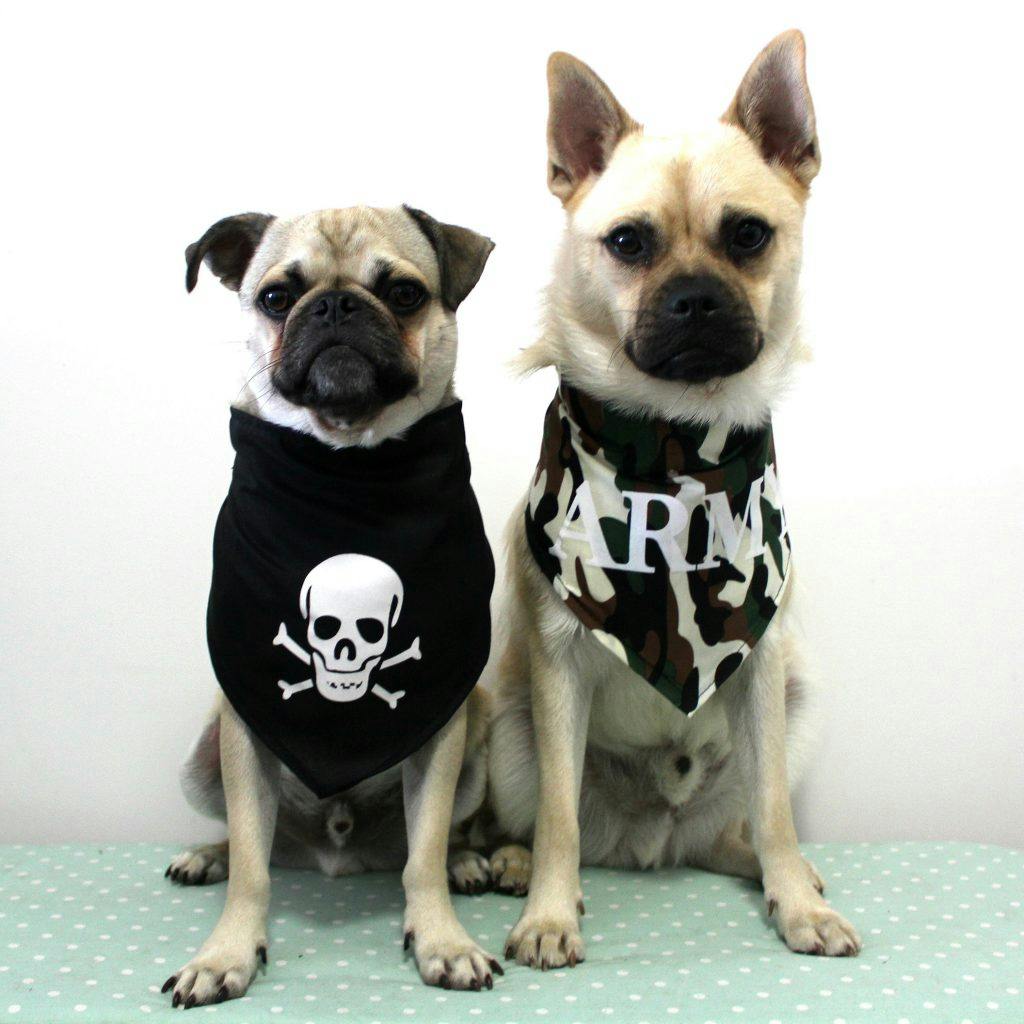
4. Rewards, not punishments
Think about how willing you’d be to learn if you were constantly punished for making mistakes - correct me if I’m wrong, but you’d probably want to give up and do something more fun instead! In a society where we’re constantly telling others that it’s okay, and that we learn from our mistakes, we should of course extend this life lesson to our beloved furbabies too. Keep rewarding them for making a baby step in the right direction, no matter how small the step is, and don’t punish them when they’re not making any progress. Keep in mind that children have an average attention span of about 20 minutes; chances are, your dog, especially if they are still puppies, will probably not make it to the 20 minute mark. As a general rule of thumb, training should last no longer than in 5 minute bursts. Also, know when to give up training for the day - if you feel either you or your dog getting frustrated, maybe it’s time to call it a day. End the training session with a command that your dog knows, to boost its self-esteem - ending on a happy note can never be a bad thing!
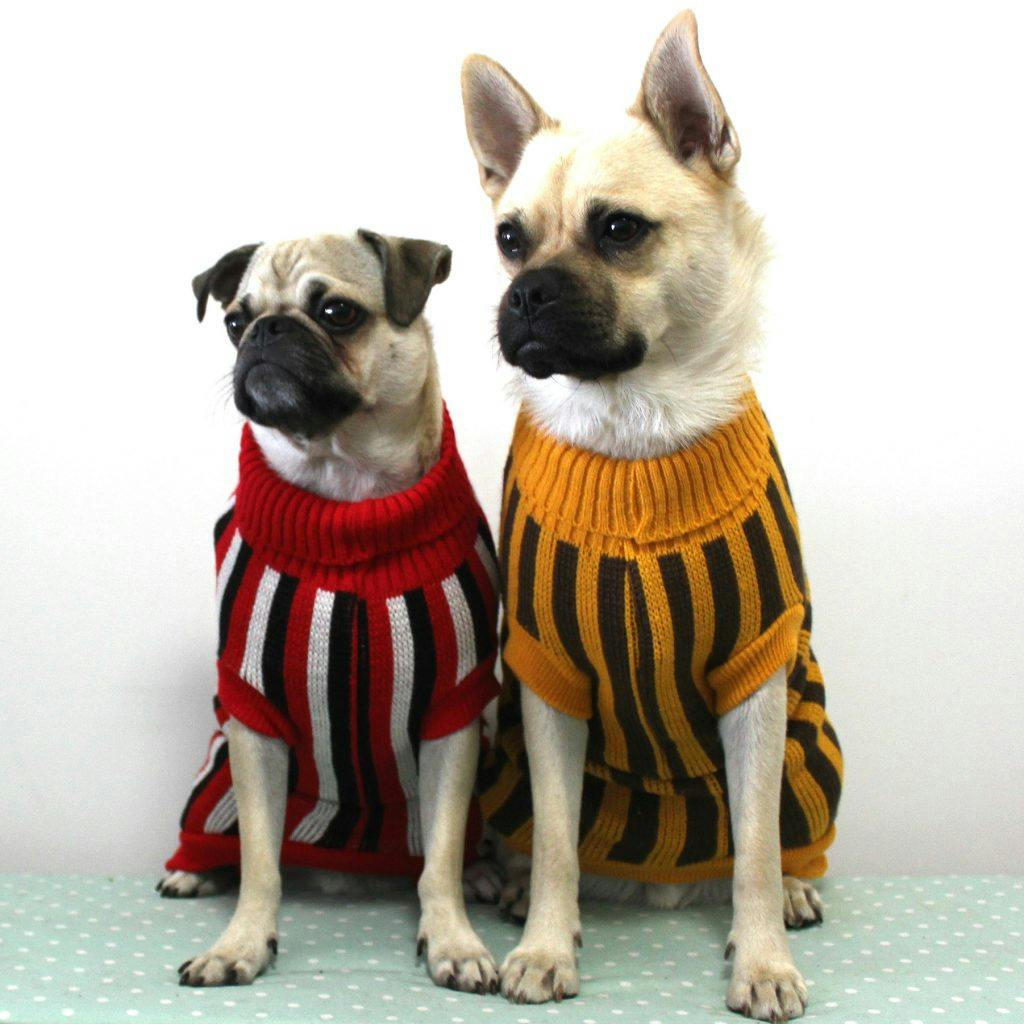
5. Have fun!
It may be called “training”, but the name doesn’t take away from the fact that it’s still quality one-on-one bonding time between you and your pooch! Dogs, like humans, are much more motivated to learn when training is associated with positive feelings. Plus, with a better bond between the two of you, Fido is much more likely to try harder in order to make you happy. It’s a win-win situation really! After all, what’s life without some puppy love and affection?
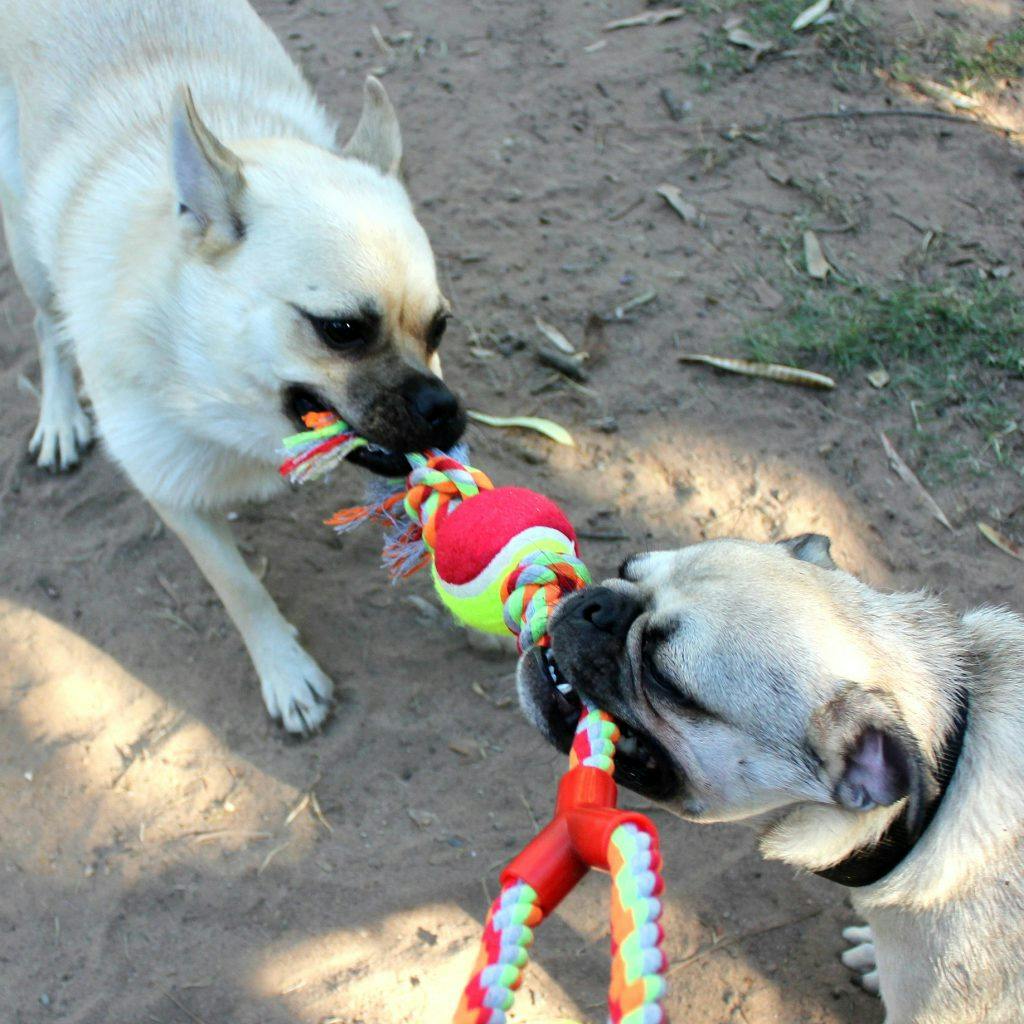
All products from The Reject Shop:
- Woolly jumper - $10 each
- Coat - $12 - $15 each
- Bandannas - $2 each
- Tug toy with ball - $3
- Towel - $2
This blog is sponsored by The Reject Shop. All words, ideas and images are from dog owner Jane Wong
Sign up to receive exclusive offers, VIP invites and all our hints & tips
